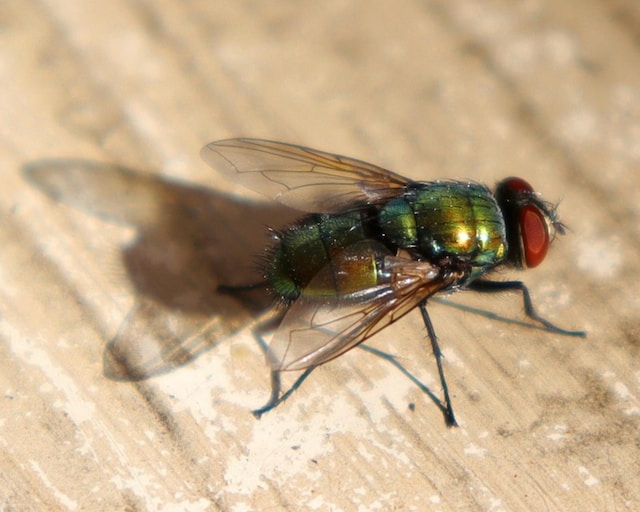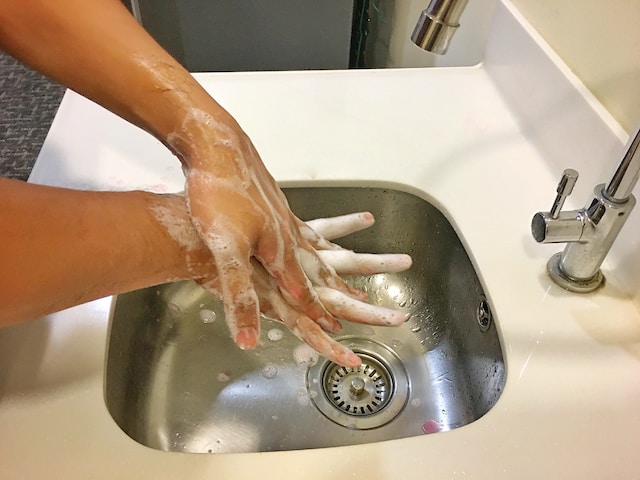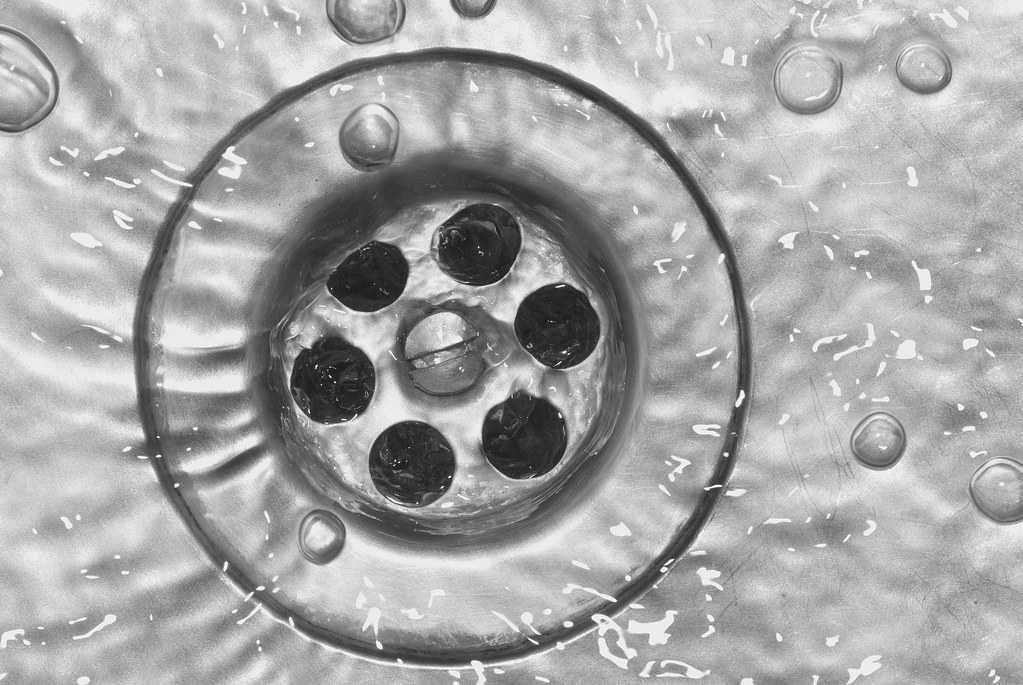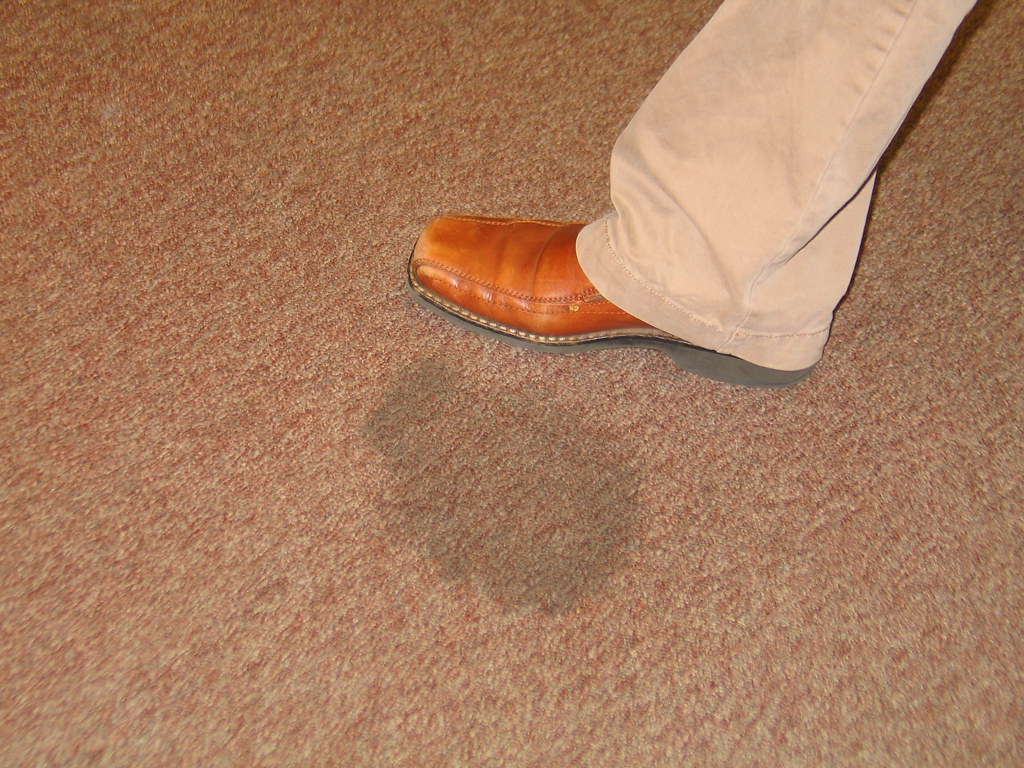Warning: Cleaning can kill. This may be a difficult blog for some cleaning professionals to read. However, as difficult as it is, it must be read and understood.
On November 8, 2019, 32-year-old Ryan Baldera, the manager of a fast-food restaurant, was overcome by fumes after a second employee combined two different cleaning solutions while cleaning the restaurant floor. Baldera was rushed to a local hospital, where he died. Thirteen other people were also hospitalized but did recover.
What happened is all too common in the professional cleaning industry. The mixture of the two cleaning solutions produced a chemical combination that can be – and in this case, was – life-threatening.
This was a regrettable accident. The employee did not know another cleaning solution had already been used on the floor. “When the worker started to scrub the floor, some type of chemical reaction occurred,” said a spokesperson for the fast-food chain.
However, these accidents also occur when the cleaning worker believes combining two solutions might produce superior results.
Case in point:
A custodial worker at the University of New Mexico had difficulty cleaning the tiles in a men’s locker room. Looking for options, he combined a cleaning solution made with bleach with another made with ammonia. This is a classic and all-too-often deadly combination. Cases and tragedies like this are reported each year when these two chemical ingredients are mixed.
Clearly, we need to know the seriousness of combining cleaning chemicals. While many people survive such events, long-term or permanent health damage and suffering can result. A study published in 2016 found that, “a growing body of evidence suggests [these products] contribute to many chronic diseases” later in life as a consequence of such chemical mixing incidents.
Worse, doctors often overlook the inhaling of chemical combinations as a cause of illness. This study called it “the elephant in the room that is largely ignored.”
So, how can cleaning professionals prevent these accidents from happening? Here are some tips:
• Be aware of the most life-threatening chemical combinations. Typically, bleach and ammonia are at the top of the list.
• Learn to recognize—and watch for—both common and scientific names for chemicals.
• Listed as an ingredient, bleach may be called “sodium hypochlorite,” but sometimes the label just states that a “bleaching agent” has been added. As to ammonia, it may be listed as “ammonium hydroxide.”
• Bleach may be added to several cleaning solutions; ammonia is often found in all-purpose and glass cleaners.
• Store cleaning solutions by their primary ingredients. For instance, all solutions containing bleach should be stored on one shelf and products containing ammonia on another. Label the shelves based on these key ingredients and do not store them close together.
Another thing cleaning professionals can do to protect their health is to reduce the number of products stored in the janitorial closet. We do this in a few ways:
Audit: Conduct a product audit to determine the products that work the best and are most cost-effective.
Remove: Keep only enough cleaning solutions in the closet that will be needed during the week. If stored for prolonged periods of time, cleaning solutions can release fumes that can be harmful.
Minimize: Look for products used for the same or similar purpose and only keep one or two. For instance, many cleaning professionals have found that citric-acid-based cleaning solutions can perform many tasks: cleaning, sanitizing, and disinfecting. Because these products multi-task, they eliminate the need for many other cleaning solutions.
And one final thing. Take the time to review the SDS – Safety Data Sheets – that come with all cleaning solutions. Too often, these get filed away without a glance. But they contain essential information on how to prevent an accident and what steps to take should one occur.
Stay safe out there.
Source: “Environmental Chemical Assessment in Clinical Practice: Unveiling the Elephant in the Room,” published in the International Journal of Environmental Research and Public Health, February 3, 2016






